* (restored)

H.H. Holmes
‘In 1887, a druggist was a chemist and most drugstores were rather crowded places that were stocked with all manner of elixirs and potions. When Dr. H. H. Holmes compounded even the simplest prescription, he did so with a flourish, as if he were an alchemist in the midst of some arcane ritual. His long, pale fingers moved with a surgeon’s skill, his handsome face grew intense and his blue eyes grew bright. But he was no means a socially inept scientist, he was a gentleman of fashion and charming of manner. His politeness and humorous remarks brought many new customers into the drug store, especially the ladies in the neighborhood. In addition, he kept a sharp eye on the account books as well and was concerned with the profit the store was making. He was, in short, the perfect assistant to the proprietress.
‘It was not long before Holmes seemed to be more the manager of the store and less the prescription clerk. He began to spend more and more time working with the ledgers and chatting pleasantly with the ladies who came into the place, some of whom took a very long time to make a very small purchase. Dr. Holmes became a familiar figure as he strolled with his stick down 63rd Street, the main thoroughfare of Englewood. He appeared to be heading for a leading position in the local business community.
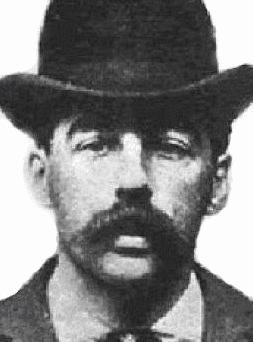
‘Trade at the drug store continued to improve, making Mrs. Dr. Holden exceedingly happy. But as for Holmes, he was still not satisfied with his lot and he had many plans and visions that drove him onward. Strangely, in 1887, Mrs. Dr. Holden vanished without a trace. A short time after, Holmes announced that he had purchased the store from the widow, just prior to her “moving out west”. The unfortunate lady had (not surprisingly) left no forwarding address.
‘Two years later, he acquired a large lot across the street from the drug store and began construction on an enormous edifice that he planned to operate as a hotel for the upcoming Columbian Exposition in 1893. There are no records to say what Holmes decided to call this building but for generations of police officers, crime enthusiasts and unnerved residents of Englewood, it was known simply by one name — “The Murder Castle”.

The Murder Castle
‘The building was an imposing structure of three stories and a basement, with false battlements and wooden bay windows that were covered with sheet iron. There were over 60 rooms in the structure and 51 doors that were cut oddly into various walls. Holmes acted as his own architect for the place and he personally supervised the numerous construction crews, all of whom were quickly hired and fired, discharging them with great fury and refusing to pay their wages. As far as the police were able to learn, he never paid a cent for any of the materials that went into the building. In addition to the eccentric general design, the house was also fitted with trap doors, hidden staircases, secret passages, rooms without windows, chutes that led into the basement and a staircase that opened out over a steep drop to the alley behind the house.
‘The first floor of the building contained stores and shops, while the upper floors could be used for spacious living quarters. Holmes also had an office on the second floor, but most of the rooms were to be used for guests — guests that would never be seen again. Evidence would later be found to show that Holmes used some of the rooms as “asphyxiation chambers”, where his victims were suffocated with gas. Other chambers were lined with iron plates and had blowtorch-like devices fitted into the walls. In the basement, Holmes installed a dissecting table and maintained his own crematory. There was also an acid vat and pits filled with quicklime, where bodies could be conveniently disposed of.
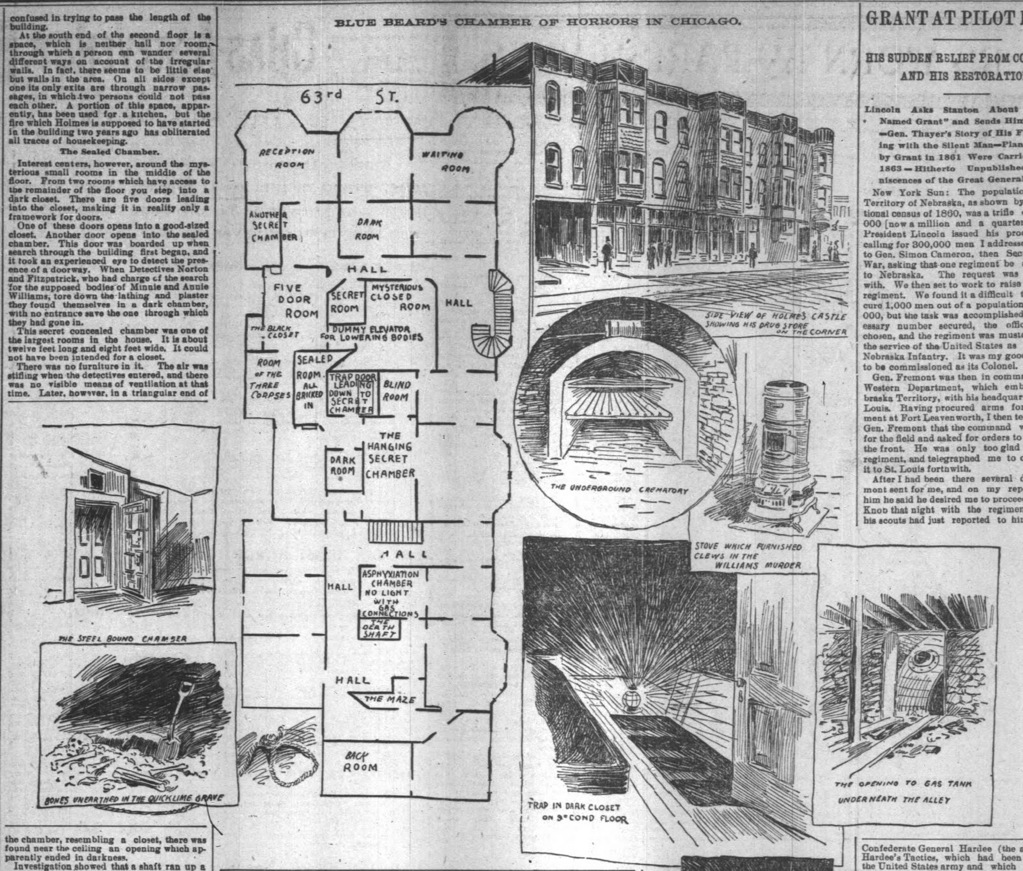
‘All of his “prison rooms” were fitted with alarms that buzzed in Holmes’ quarters if a victim attempted to escape. It has come to be believed that many of his victims were held captive for months before their deaths.
‘The castle was completed in 1892 and soon after, Holmes announced that he planned to rent out some of the rooms to tourists who would be arriving in mass for the upcoming Columbian Exposition. It is surmised that many of these tourists never returned home after the fair, but no one knows for sure. The list of the “missing” when the Fair closed was a long one and for most, foul play was suspected. How many of them fell prey to Holmes is a mystery but no fewer than 50 people who were reported to the police as missing were traced to the place. Here, their trails ended…
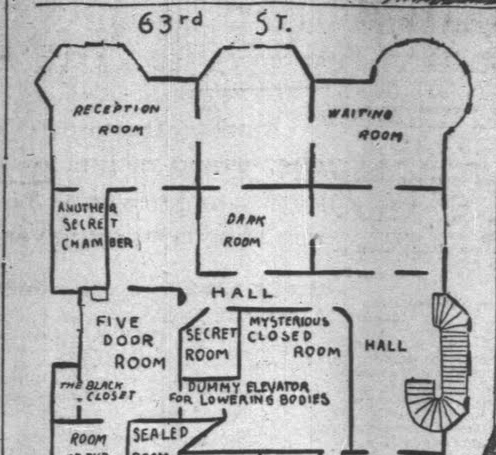
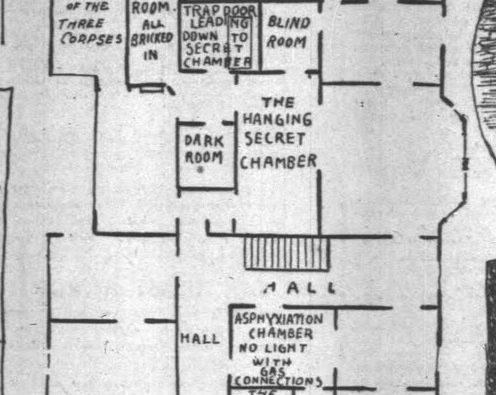
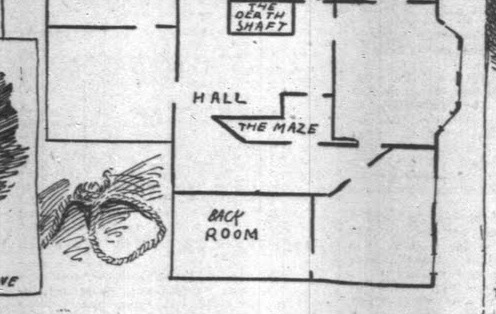
Exposed
‘Eventually, Holmes was arrested for murder, and the door was open for Chicago detectives to search Holmes’ residence in the Windy City. Holmes had struck them as a complicated, secretive man, and they were sure that the remaining answers that they were seeking could be found inside of the Castle. Several police officers entered the place — and neither they nor the veteran investigators who soon joined them would ever forget what they found there!
‘Detectives devoted several weeks to searching and making a floor plan of the Castle. The bottom floor had been used by Holmes himself as a drug store, a candy store, a restaurant and a jewelry store. The third floor of the building had been divided into small apartments and guest rooms and apparently, had never been used.
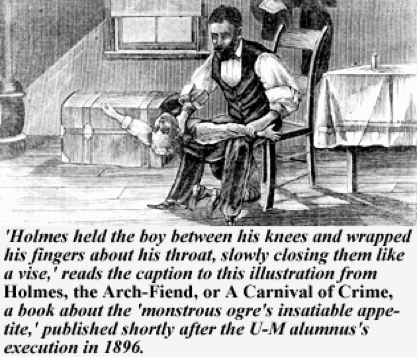
‘The second floor however proved to be a labyrinth of narrow, winding passages with doors that opened to brick walls, hidden stairways, cleverly concealed doors, blind hallways, secret panels, hidden passages and a clandestine vault that was only a big enough for a person to stand in. The room was alleged to be a homemade “gas chamber”, equipped with a chute that would carry a body directly into the basement. The investigators suddenly realized the implications of the iron-plated chamber when they found the single, scuffed mark of a footprint on the inside of the door. It was a small print that had been made by a woman who had attempted to escape the grim fate of the tiny room.
‘In addition to all of the bizarre additions to the floor, the second level also held 35 guest rooms. Half of them were fitted as ordinary sleeping chambers, and there were indications that they had been occupied by the various women who worked for Holmes, by tenants during the Fair or by the luckless females Holmes had seduced while waiting for an opportunity to kill them. Several of the other rooms were without windows or could be made air tight by closing the doors. Others were lined with sheet iron and asbestos with scorch marks on the walls, fitted with trap doors that led to smaller rooms beneath, or were equipped with lethal gas jets that could be used to suffocate or burn the unsuspecting occupants.
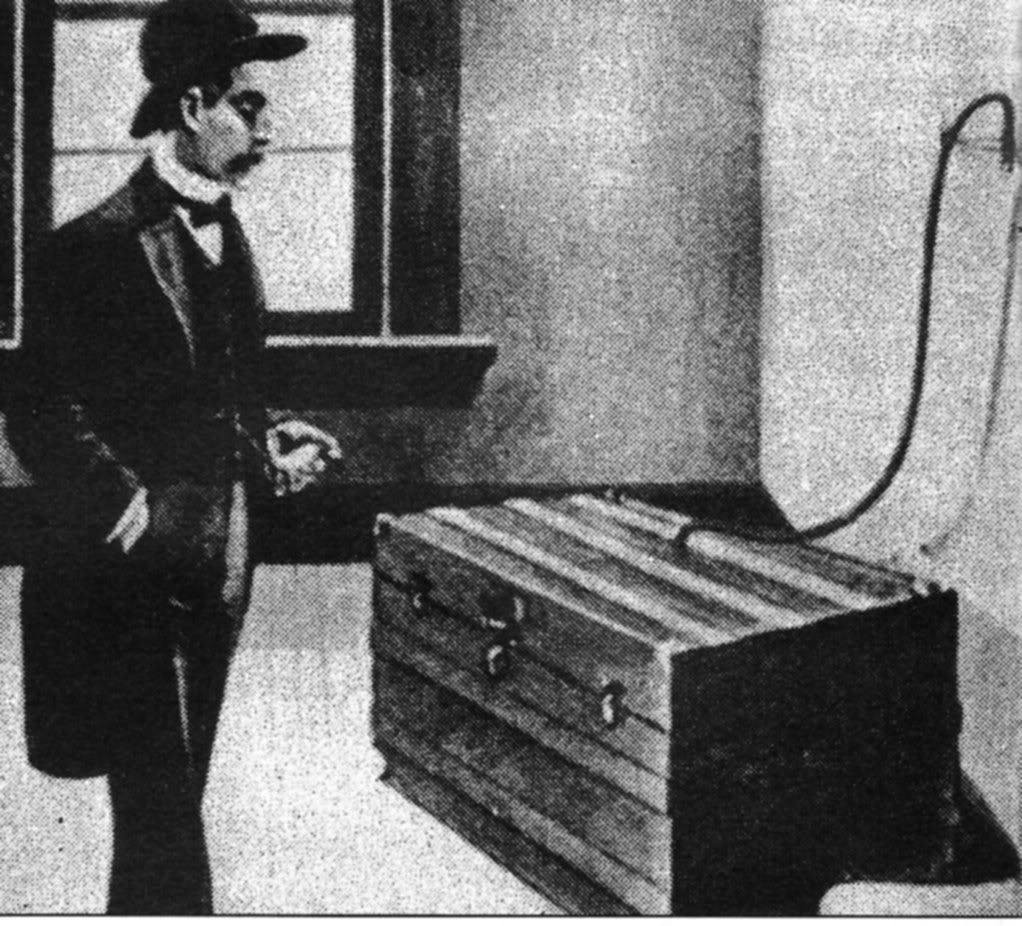
‘This floor also contained Holmes’ private apartment, consisting of a bedroom, a bath and two small chambers that were used as offices. The apartment was located at the front of the building, looking out over 63rd Street. In the floor of the bathroom, concealed under a heavy rug, the police found a trap door and a stairway that descended to a room about eight feet square. Two doors led off this chamber, one to a stairway that exited out onto the street and the other giving access to the chute that led down to the basement.
‘The “chamber of horrors” in the basement stunned the men even further. This subterranean chamber was located seven feet below the rest of the building and extended out under the sidewalk in front. Here, they found Holmes’ blood-spattered dissecting table, his gleaming surgical instruments, his macabre “laboratory” of torture devices, various jars of poison and even a wooden box that contained a number of female skeletons. Built into one of the walls was a crematorium, with a heavy iron grate to hold the fire and another grate, fitted with rollers, by which a body could be slid into the flames. The crematoriums still contained ash and portions of bone that had not burned in the intense heat. A search of the ashes also revealed a watch that had belonged to a known missing child, some buttons from a dress and several charred tintype photographs. Under the staircase, they also found a ball made from women’s hair that had been carefully wrapped in cloth.
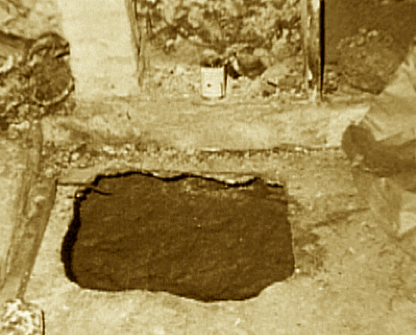
‘Buried in the floor, the police found a huge vat of corrosive acid and two quicklime pits, which were capable of devouring an entire body in a matter of hours. A loose pile of quicklime was also discovered in a small room that had been built into the corner. The naked footprint of woman was found embedded in the pile. In a hole in the middle of the floor, more bones were found. After being examined by a physician, they were believed to be the bones of a small child between the ages of six and eight.
‘On July 20, some city workers began excavating the cellar and started a tunnel underneath 63rd Street. The hazy smell of gas hung in the air and as the men tore away one wall, they discovered a large tank or metal-lined chamber. As soon as they broke through, the basement was filled with the stench of death, driving the crew back. Noting the metal lining of the tank, they sent for a plumber and he struck a match to peer inside of it. Suddenly, the tank exploded, shaking the building and sending flames out into the basement. The men were buried in piles of debris but no one was seriously injured. The tank was lined with wood and metal and was 14 feet long, although thanks to the explosion, no one will ever know that it was used for. The only clue in the room was a small box that was found in its center. When it was opened by Fire Marshal James Kenyon, an “evil smelling” vapor rushed out. The gathered men ran, except for Kenyon, who was overpowered by the stench. According to the New York World, “he was dragged out and carried upstairs, and for two hours acted like one demented.”

The End
‘Following the excavation, and the discovery and cataloguing of Holmes’ potential victims, the “Murder Castle” (as it came to be called) sat empty for several months. Not surprisingly, it drew onlookers and curiosity-seekers from all over the city. The newspapers were not yet filled with stories and illustrations about Holmes’ devious crimes but rumors had quickly spread about what had been discovered there. The people of Chicago were stunned that such things could take place — and in their glorious city! The people of the Englewood neighborhood watched the sightseers with a combination of fear and loathing, sickened over the terrible things that brought the crowds to their streets.
‘Then, on August 19, the Castle burned to the ground. Three explosions thundered through the neighborhood just after midnight and minutes later, a blaze erupted from the abandoned structure. In less than an hour, the roof had caved in and the walls began to collapse in onto themselves. A gas can was discovered among the smoldering ruins and rumors argued back and forth between an accomplice of Holmes’ burning down the house to hide his role in the horror and the arson being committed by an outraged neighbor. The mystery was never solved, but regardless, the Castle was gone for good.’ — collaged from various sources
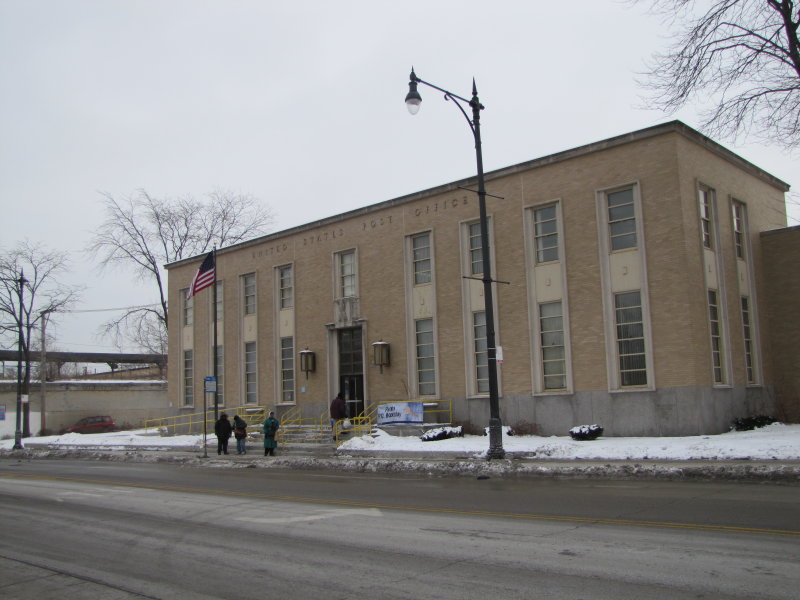
The site of the Murder Castle today
Extra, extra
The Chilling Story Of Americas First Serial Killer: HH Holmes
Murder Hotel Architectural Model (U.K. 2005)
Murder Castle Video Game
Murder Hotel (2005) – trailer
Site of The Murder Castle and Body Dump in Chicago
Murder Castle, Lights Out Horror Radio Show
*
p.s. Hey. ** Dominik, Hi!!! I used to slide down the stairs in my family home on a cardboard box when I was kid, and it was mostly ouch, but why post-kids do that is a mystery unless they’re just so bored or think their Instagram pals will give them beaucoup ‘likes’? I go back to LA on Friday, and then I’ll be there for about two months, yikes. After I wrote that Casper thing I remembered that I think there’s a film called ‘Casper … something’ that reveals that very answer, and I believe that, according to that film, Casper looked like Devon Sawa when it was alive. I have a feeling that couple wouldn’t listen to love even if love had approached them pre-slide unless maybe he also paid them not to do it. Love making sperm taste like macaroni & cheese, G. ** Misanthrope, Maybe if it was an actual cloud floating in the air over my laptop. As a not so secret nerd, I agree. I bet your ancient Wines relatives back in the Old West days were fearsome. ** Black_Acrylic, Great, I think a smile is the most that post could have deserved. Oh, nice, big screen + ‘CG’. Make some popcorn. ** Steve Erickson, They’ve been cranking out that little sonic routine for forever. The reason I discovered my wallet was missing was because my bank alerted me to the fact that ‘I’ had just gone on a suspiciously big spending spree, so I don’t the metro people could have helped. I only a debit card, no credit cards, and it’s winging its way to my LA pad apparently, so I’ll have it when my plane touches down. I hope the doctor puts the damper on your migraine today. What happened? ** Nick., Oh, shit, sorry I posted the p.s. too fast. Your job sounds kind of sweet, yeah. My day, uh, a multi-hour meeting with one of our France-based producers trying to sort out the complicated contracts and stuff for the French actor we’re importing for our film, saw my pal Michael Salerno for coffee and scones at the cafe in the local English language bookstore, lots of Zoom meetings. Pretty usual day as of late. Fun fact? Hm, when I was riding the metro back from the French producer’s office, I shared a metro car with this ‘famous’ piggy bottom French twink porn star Jerome James, but I share metro cars with him not infrequently, so it wasn’t extremely fun, and I thought what I always think when I see him, namely that for someone who seems to upload a wild, slutty porn of himself every day, he looks surprisingly not haggard. As far your question, I guess it depends on what constitutes a villain. I remember always being on the side of whoever the villain was in every Superman movie because he’s so boring. Speaking of Devon Sawa, as I strangely did just above, I like when the villain and the hero are the same person, like, for instance, in that old movie ‘Idle Hands’ where he was the hero and his hands were the villain. Do you have an answer to that question, sir? Enjoy your life’s simplicity. Mine is too in the sense of being very johnny one note re: the film, and I’m sure I’ll appreciate the enforced focus when it’s gone. Question: Tell me your or least favorite moment that has occurred in that old store you work at. ** Cody Goodnight, I’m managing to hang in there, or, I guess, here. It never ceases to please me when you stack up a bunch of gifs wherein the same thing is happening. It’s minor magic. I’ve never been to Graceland. I imagine that would be fun, and I’m actually curious what Memphis is like in general for some reason. Right, isn’t her ‘Pirate Jenny’ just incredible? Oh, man, that so sucks about the anxiety and depression. I suppose you’ve tried the whole meds-as-saviours route? I’m very glad you’re not alone, at least. I don’t know what I can do, but if I can do something, let me know. Good old Sabbath. Tony Iommi is a god. ‘Ghost Dog’ is easily my favorite Jarman. See what you think. I hope your day is happiness filled or at least inflected. ** Kyle, Hi. I’m sure you do know, yeah. I will get Marble Hornets. It’s funny, someone on Facebook who’d obviously read your reference seconded the recommendation in a comment yesterday. I know about Sniffies, but I’ve never entered it. Guys on the escort sites often suggest people search them out there. And a few friends have mentioned migrating there from Scruff. Sounds really interesting. Hm, maybe I’ll see if I can set up a kind of dummy profile just to be able to look around there and get the lay of the land, as it were. Thanks a lot! That sounds like a really conducive frontier. ** Bill, Hey. That books sounds interesting. Like a more pulpy ‘House of Leaves’ or something? Ha ha, and I could watched hours and hours more of ‘VV’. Well, maybe not that many more hours. ** shadeoutmapes🐌🏃♂️, Hi. I hate hot weather. Misery. It’s not hot here any any means, but the cold is starting to lose its chill, which is ominous. Well, yeah, a narrative with fault and unreliability is the goal. I guess that’s what I aim for since I’m basically stuck with narrative as a fiction writer. ‘Human articulation through verbal communication is really overrated’: that’s like a golden rule to me. I like being a writer who feels that way. I think it’s important. What you say about your feeling about crushes makes you sound sort of like the characters I like to create in my novels, although I’m sure it’s easier being a fictional person who feels that way than a real one. Yes, nail your thesis! That’s important. If I don’t interact with you before the blog goes back to the weekly posting schedule again for a bit, I look forward to see you soon. I’ll wave to the pigeons for you and see what they do, although I can already tell you: cock their heads. ** Right. Today I restore an old post about the Murder Castle. If you didn’t know about it, now you do. Well, should you want to. See you tomorrow.



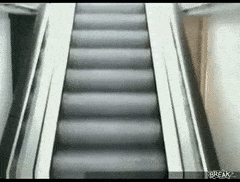
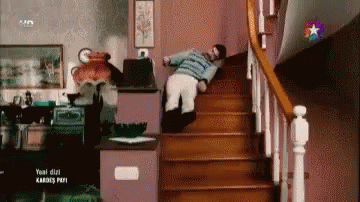
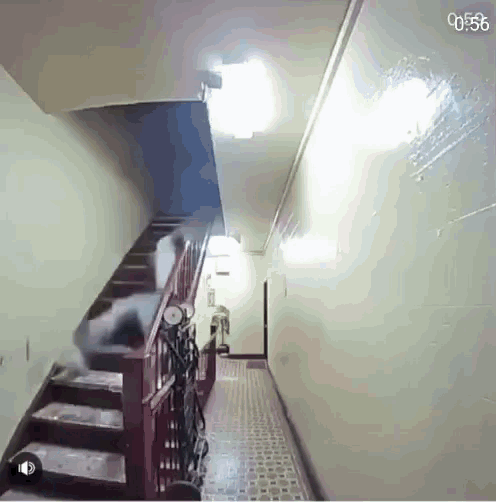

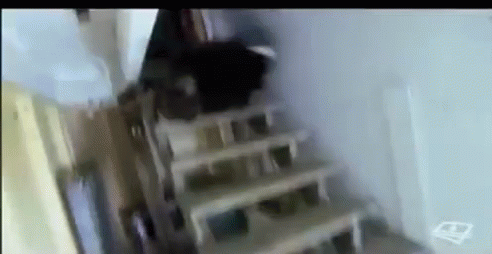
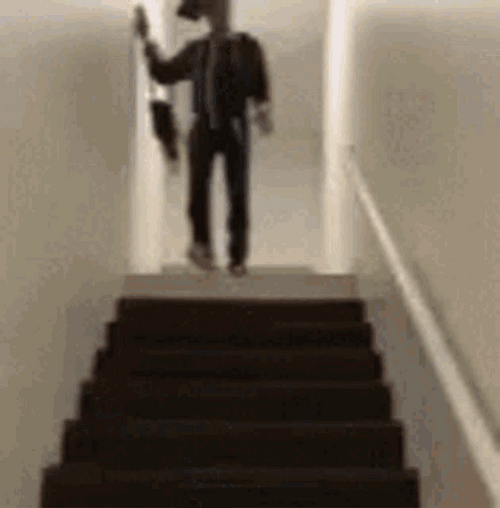


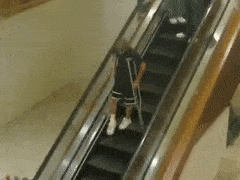
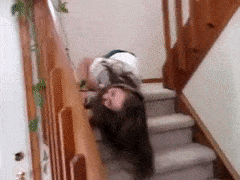

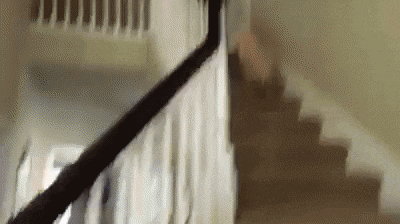
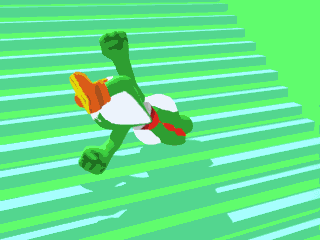
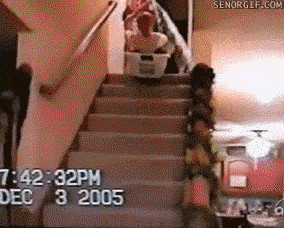


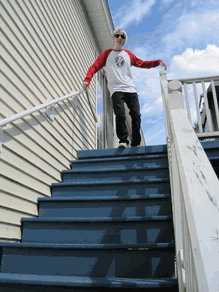
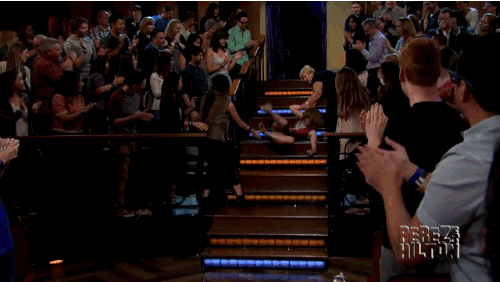
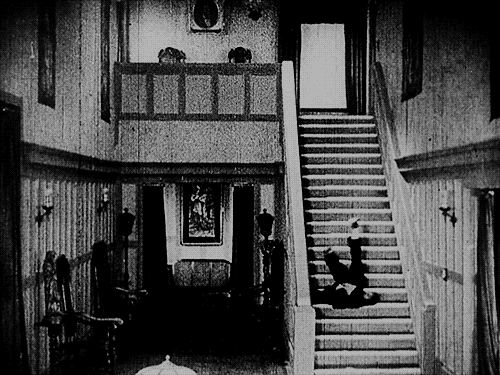
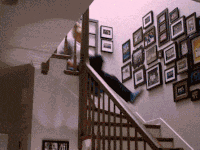
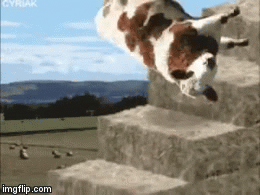
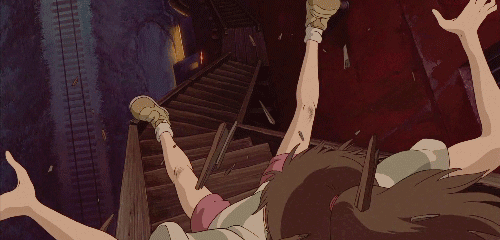


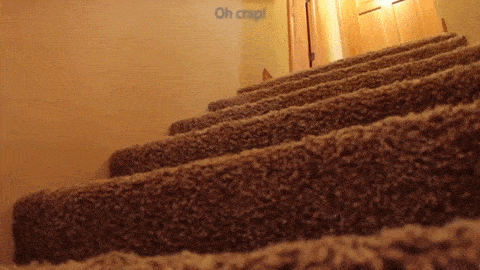
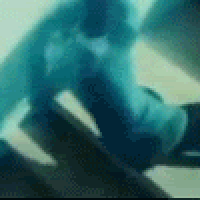
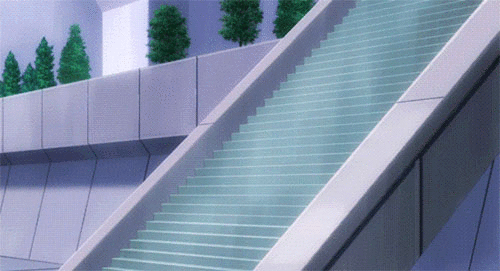
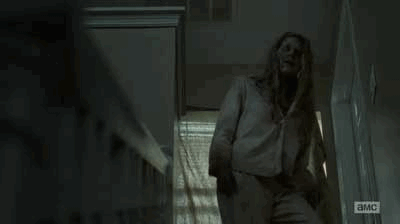

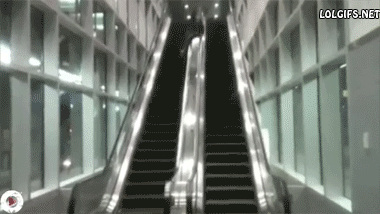
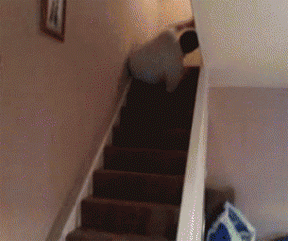
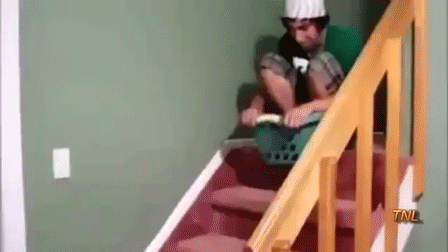
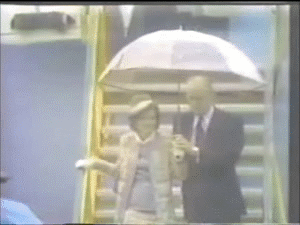

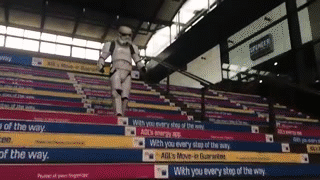


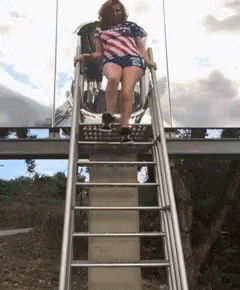
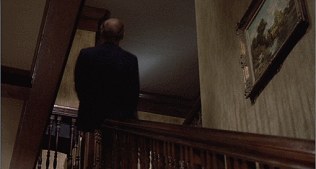
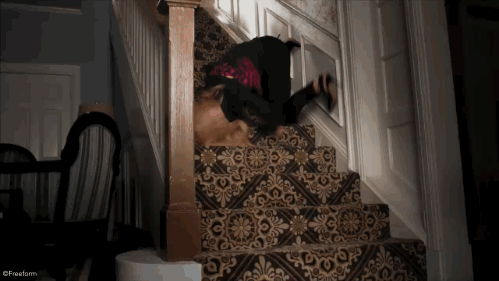
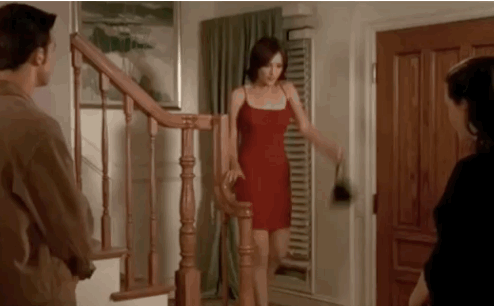
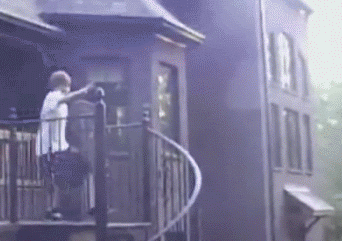
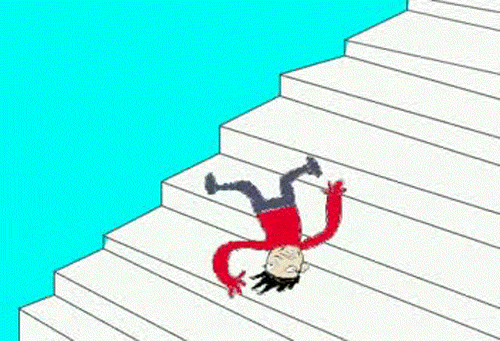
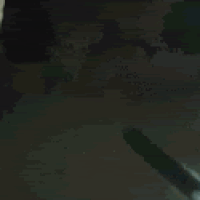
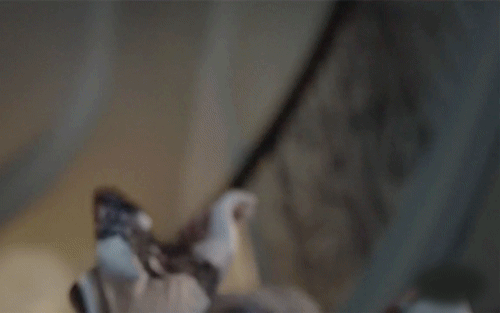

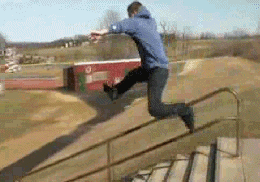
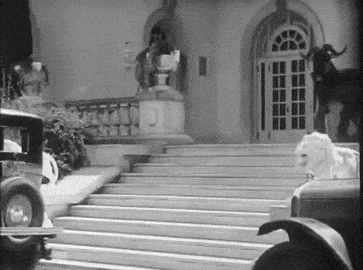

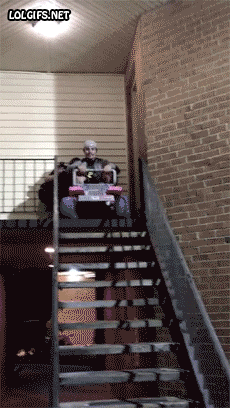
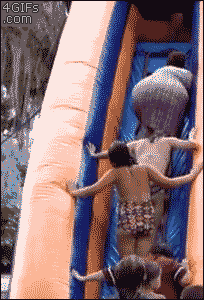
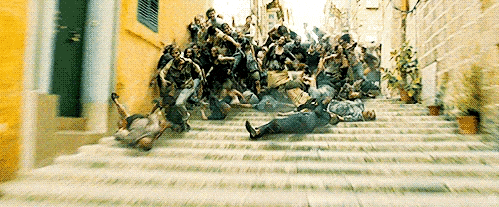
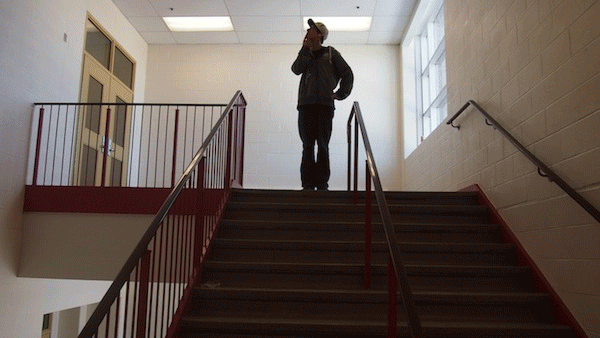
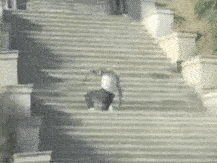

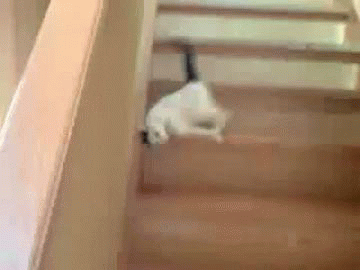
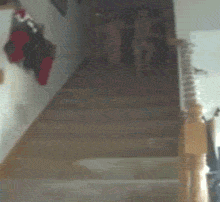
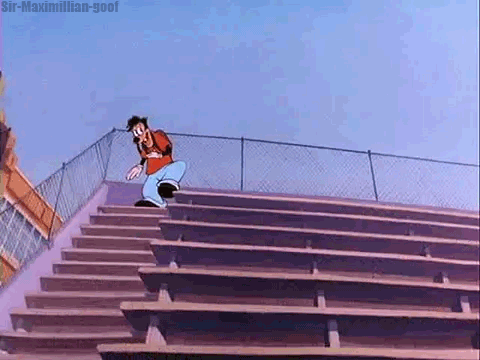
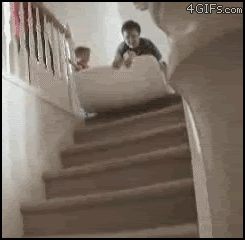
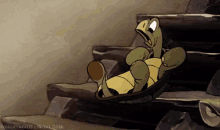



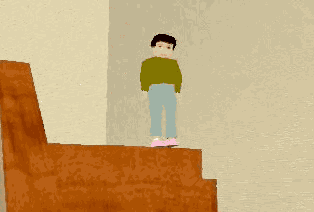

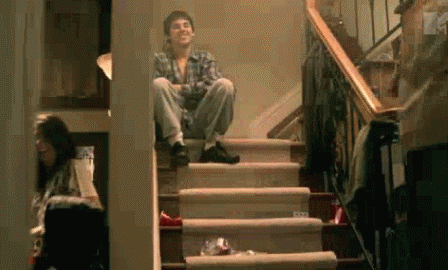
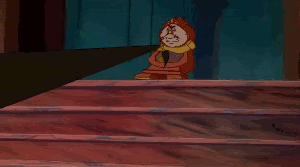
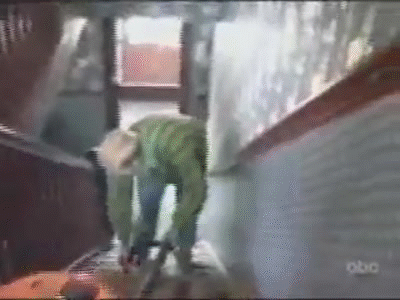
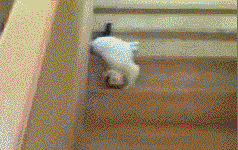
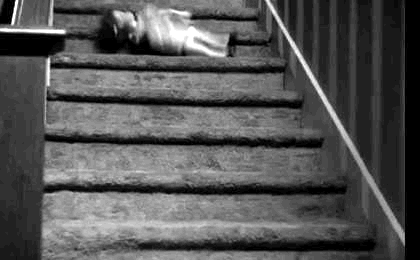
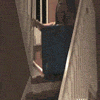
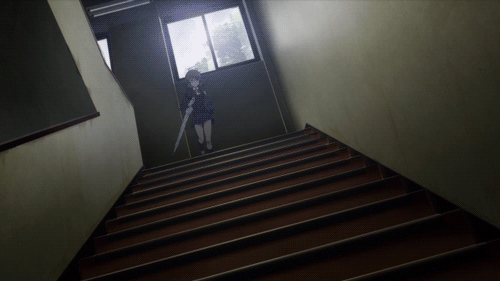
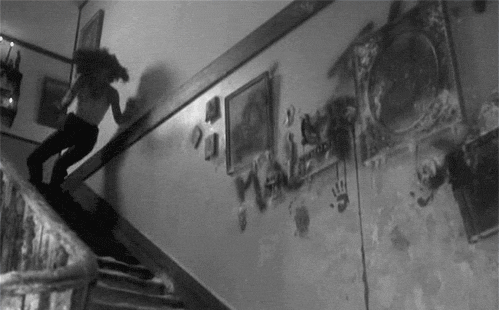
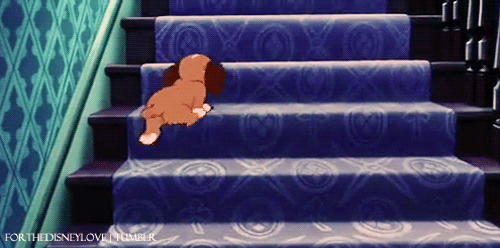
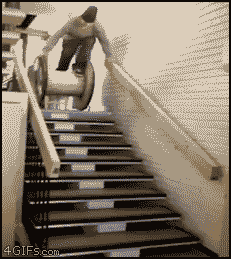
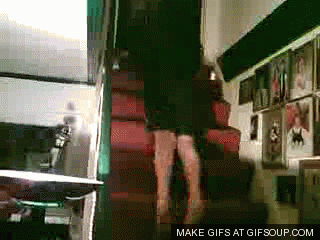

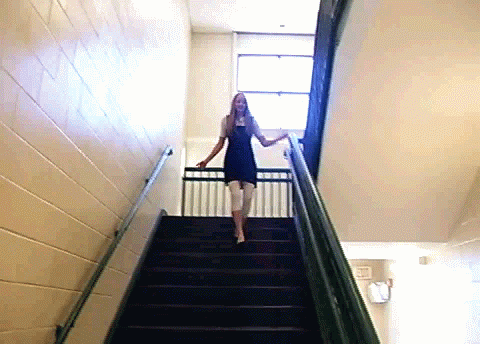
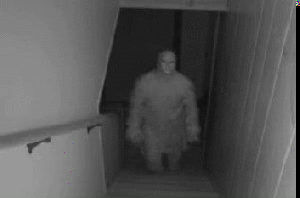
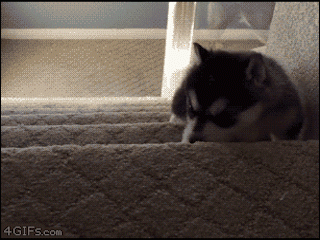
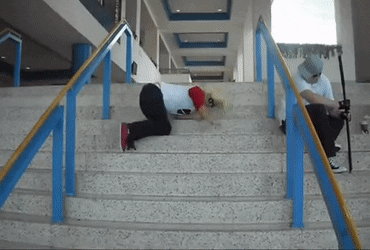
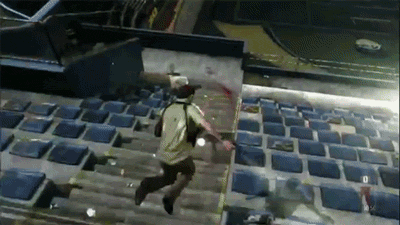

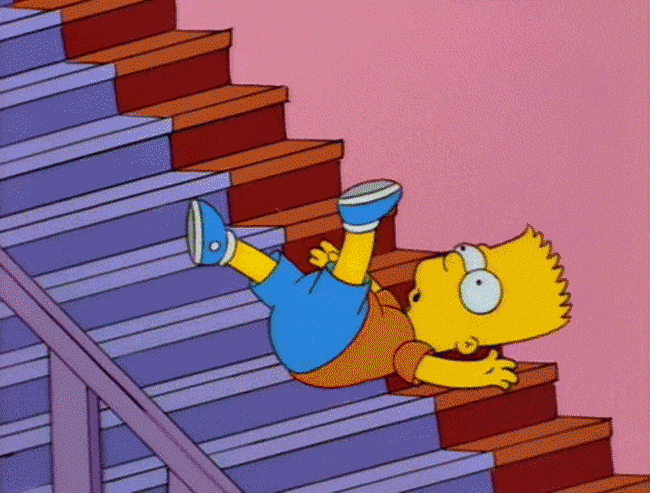
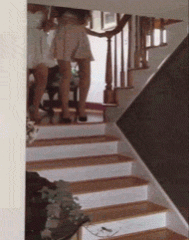
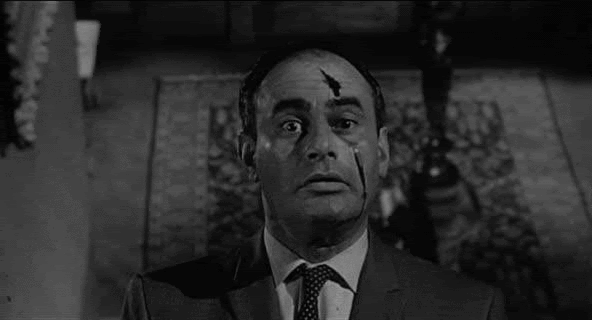
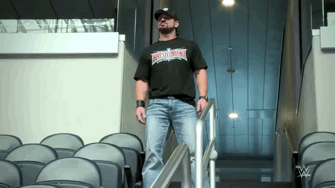
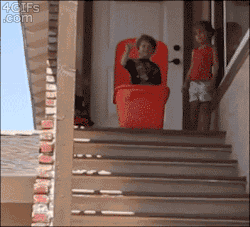

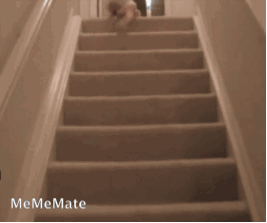
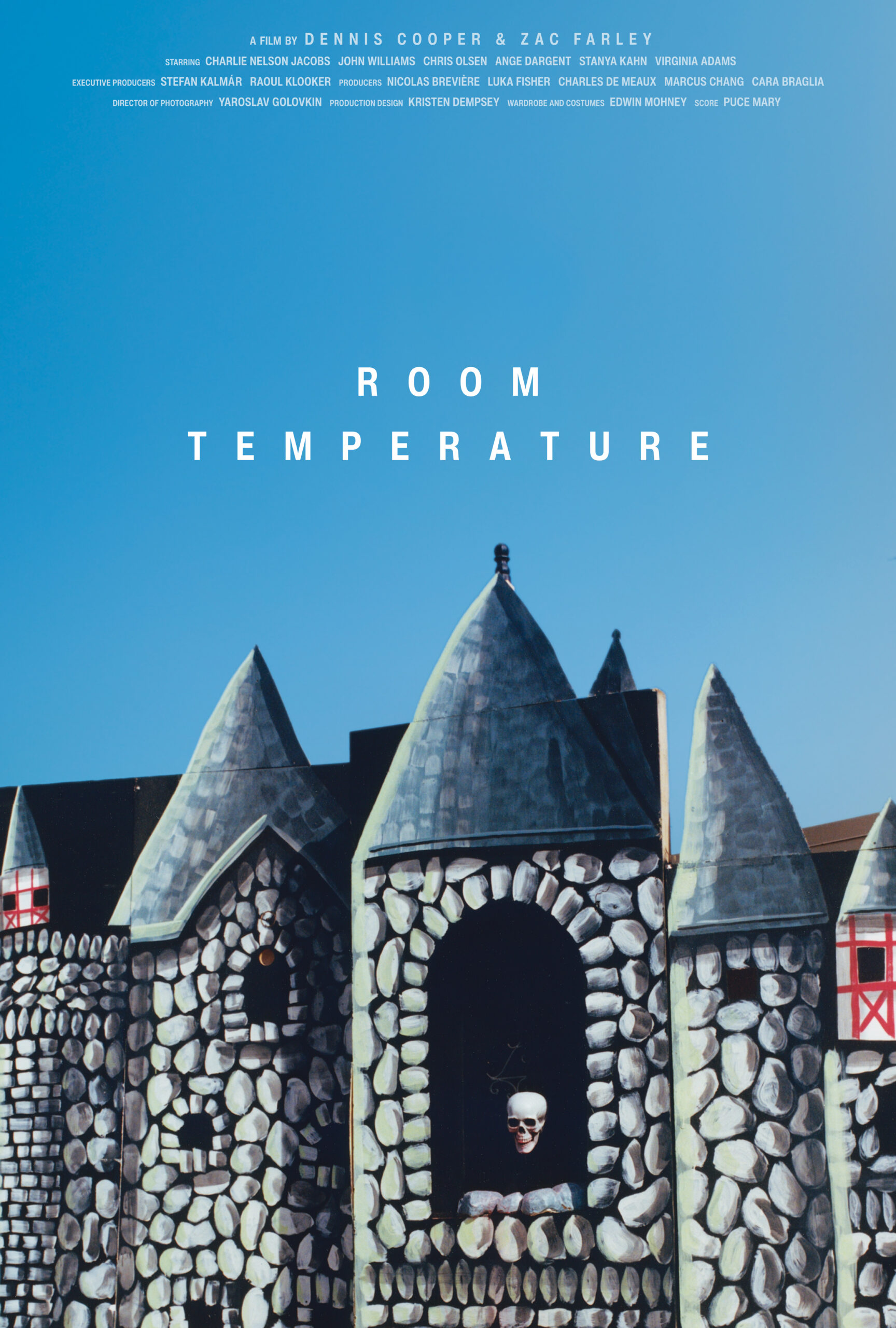



 Now available in North America
Now available in North America 